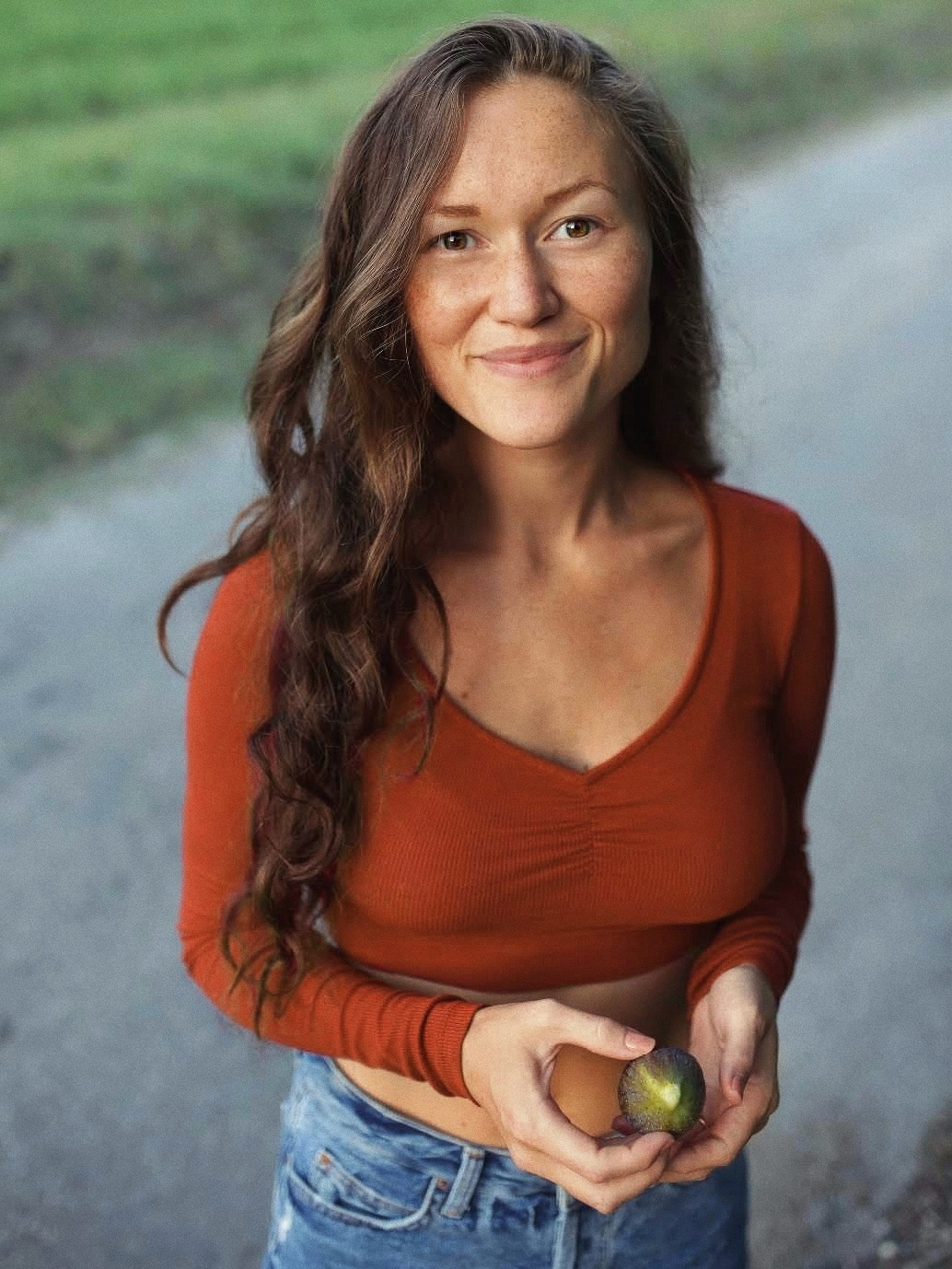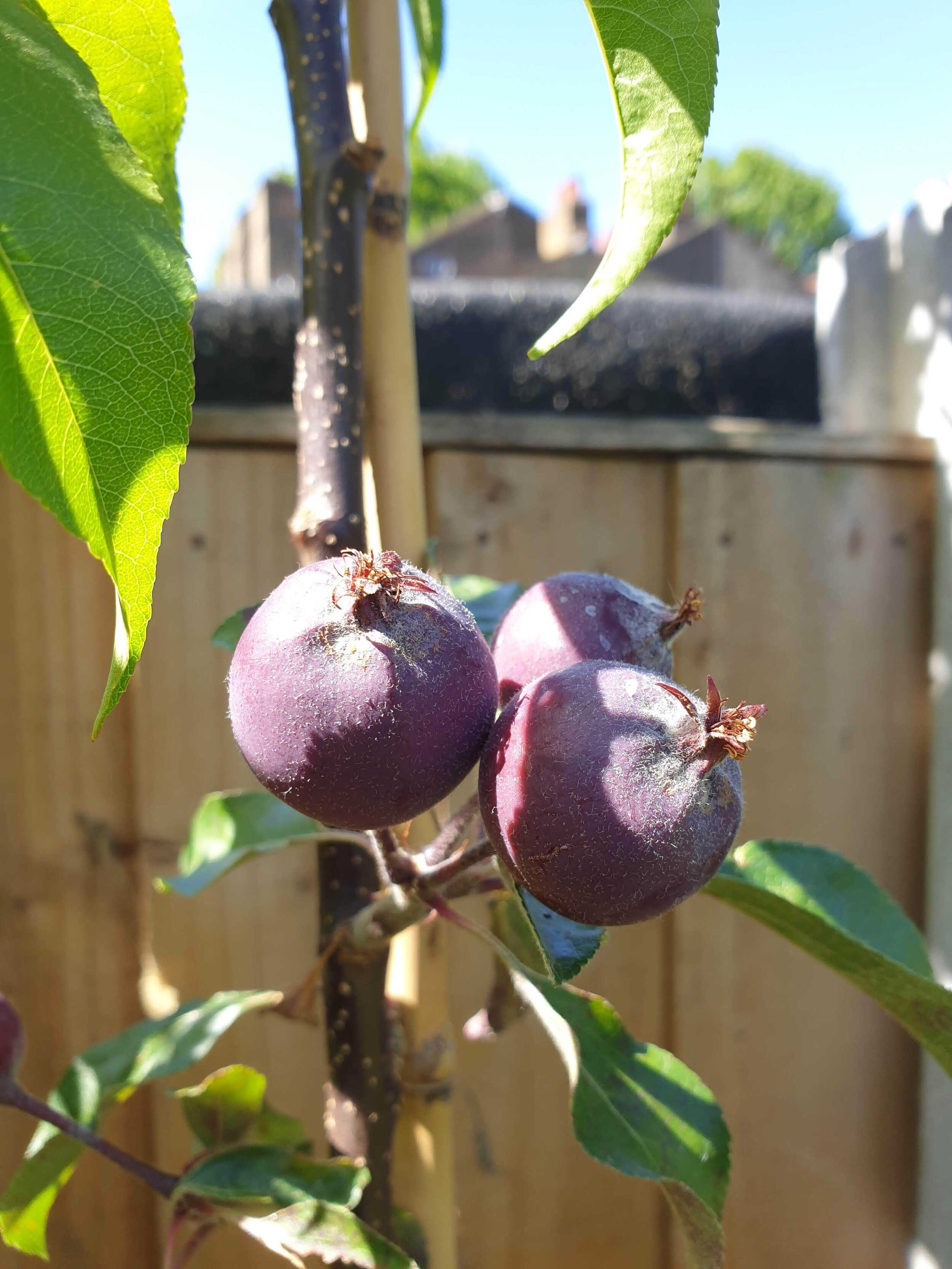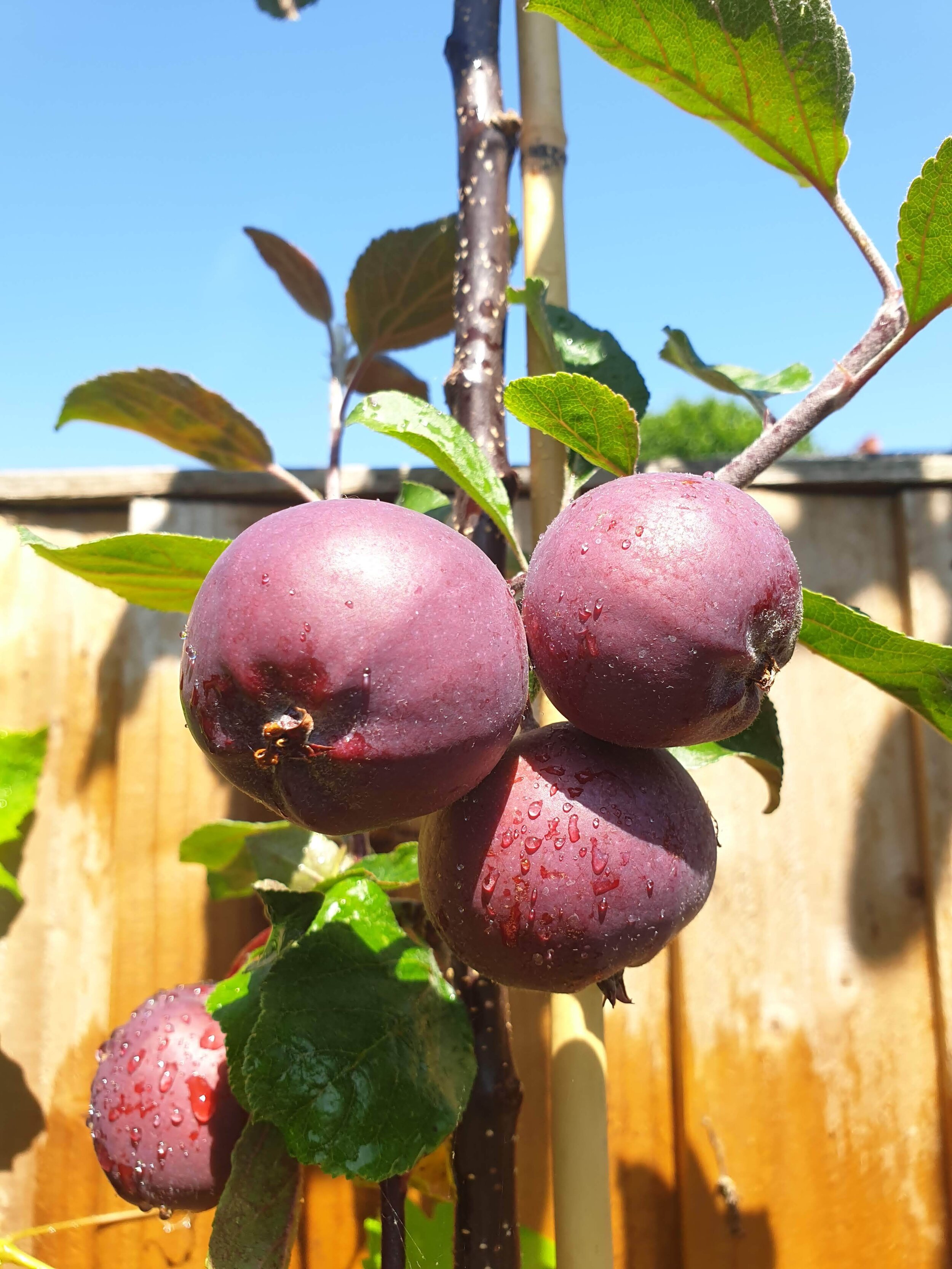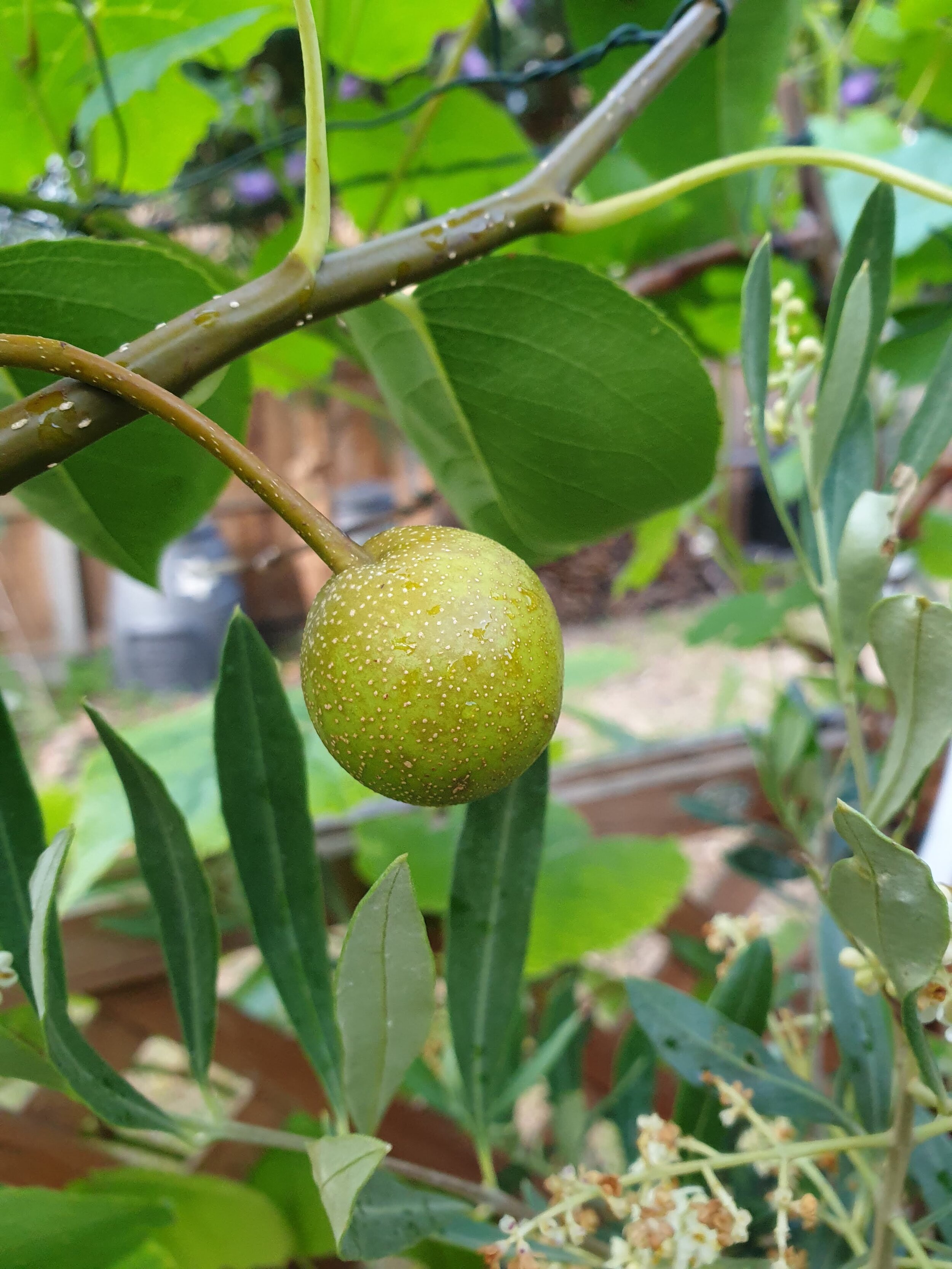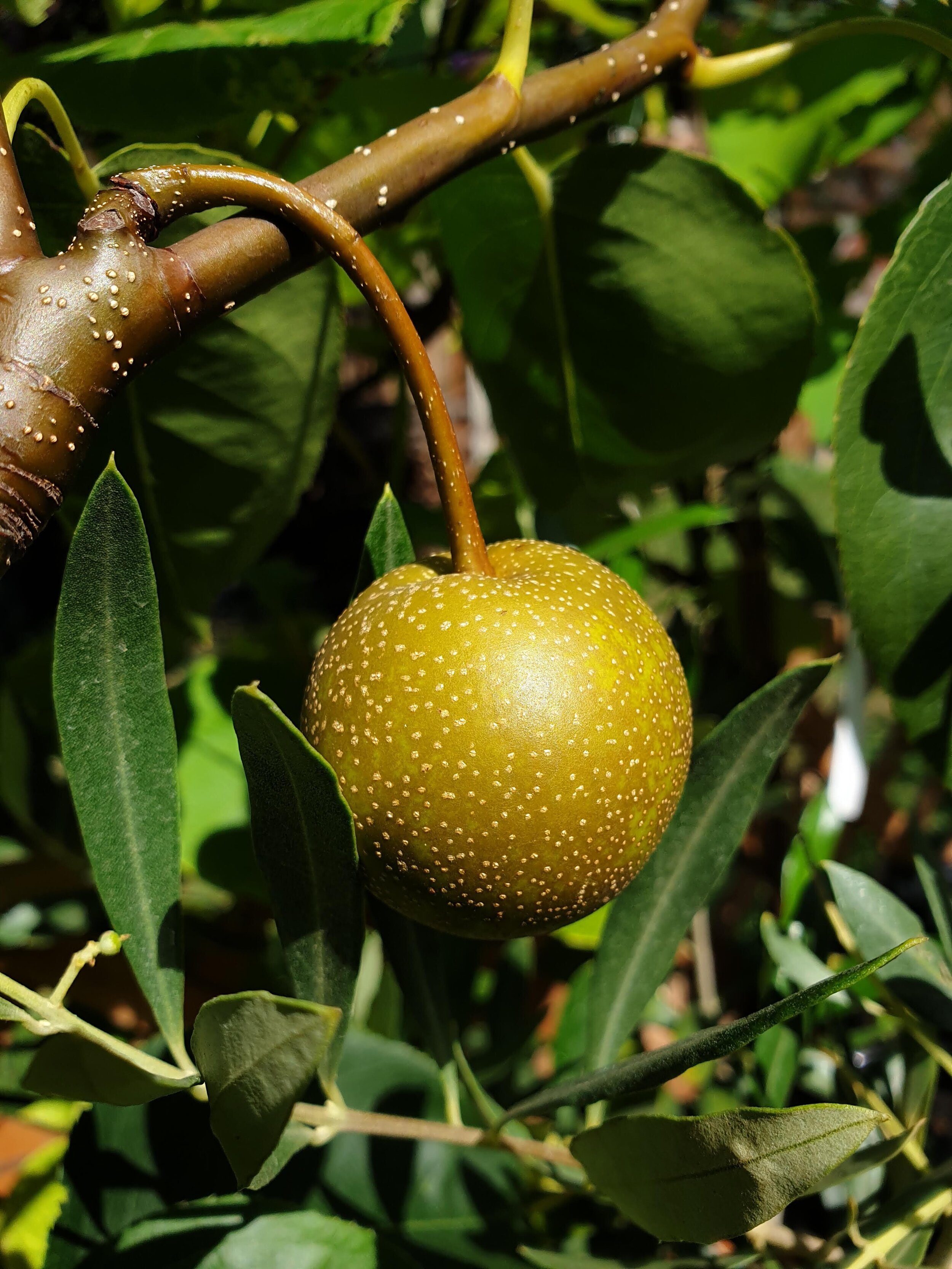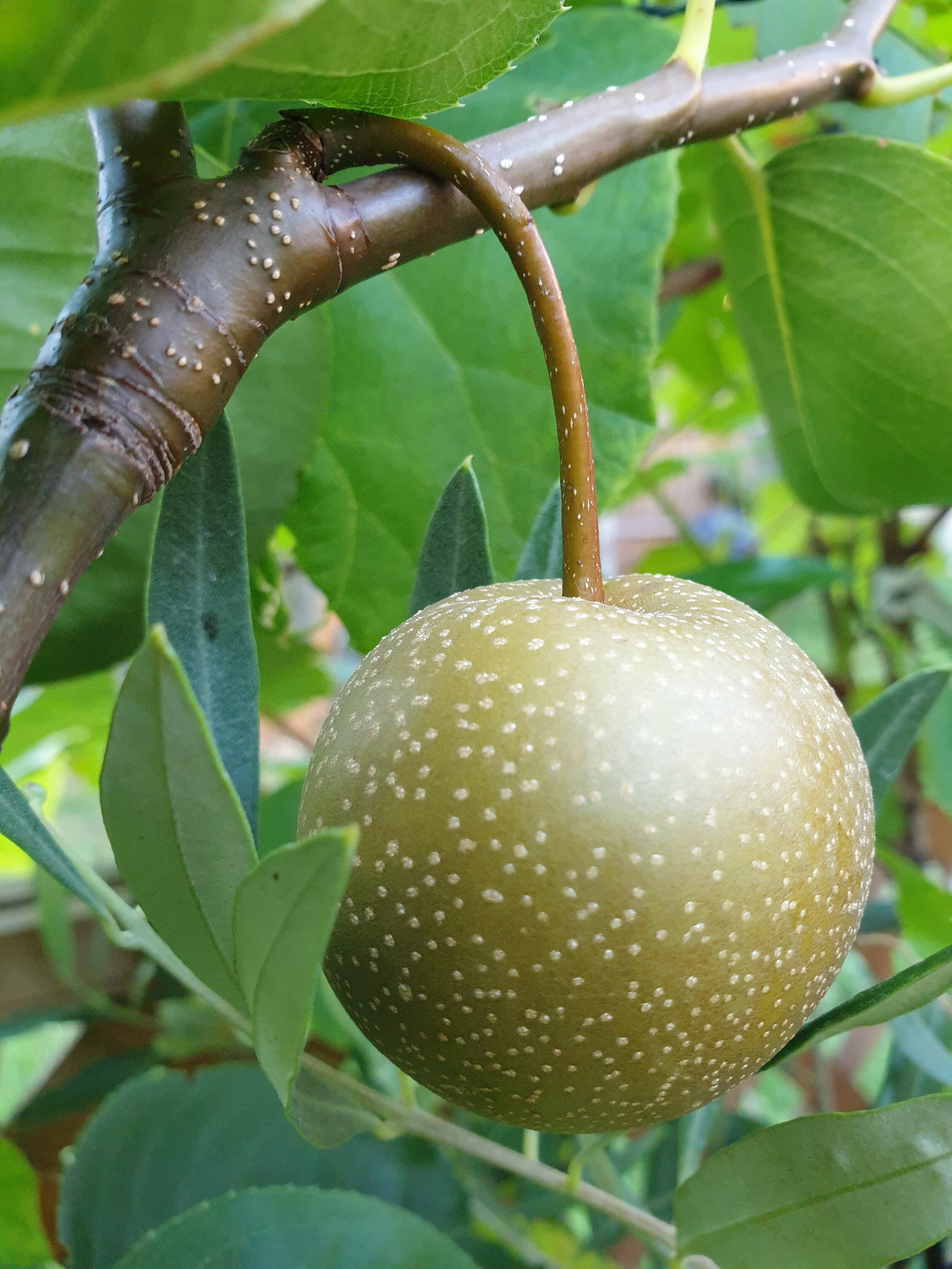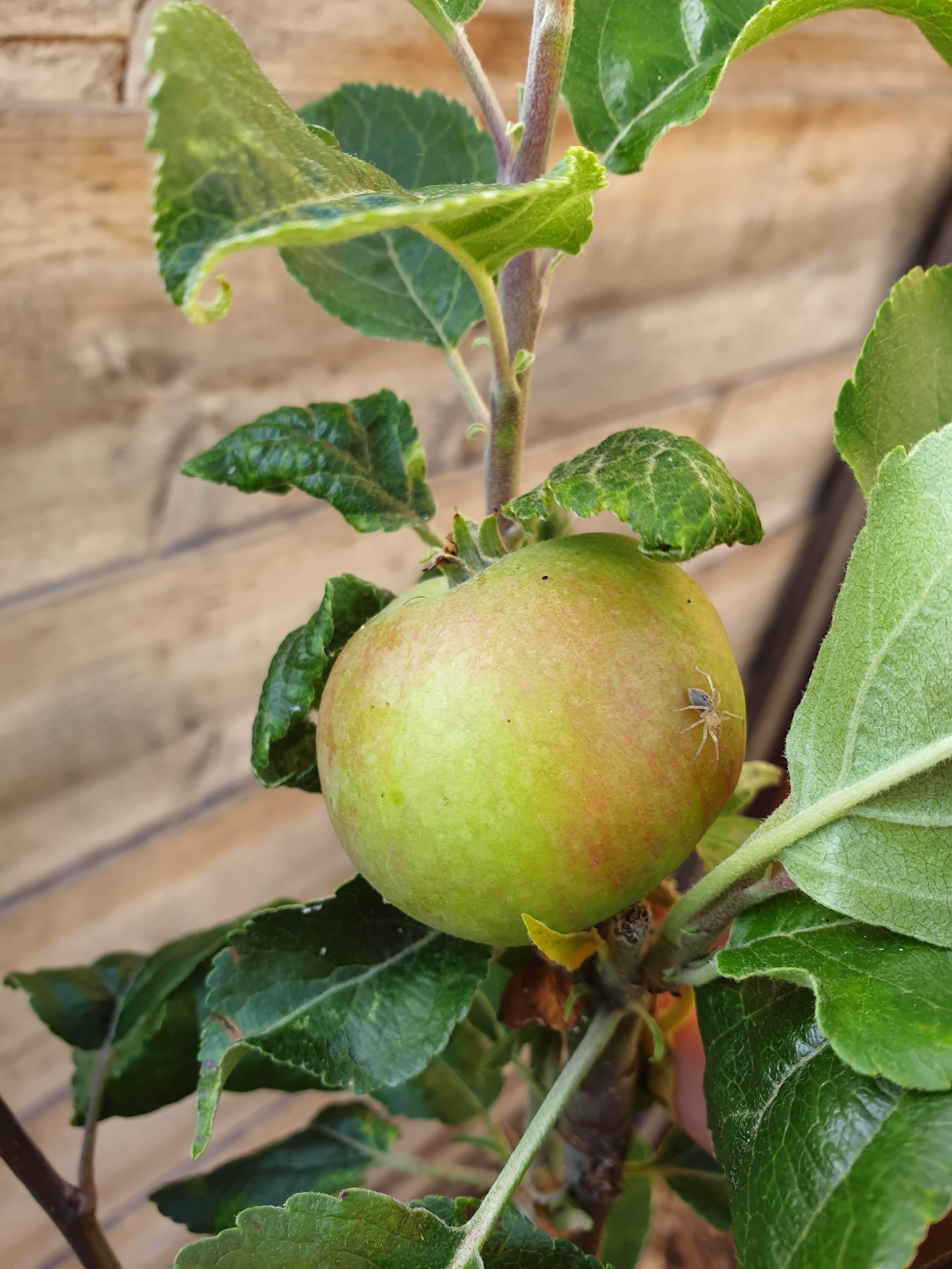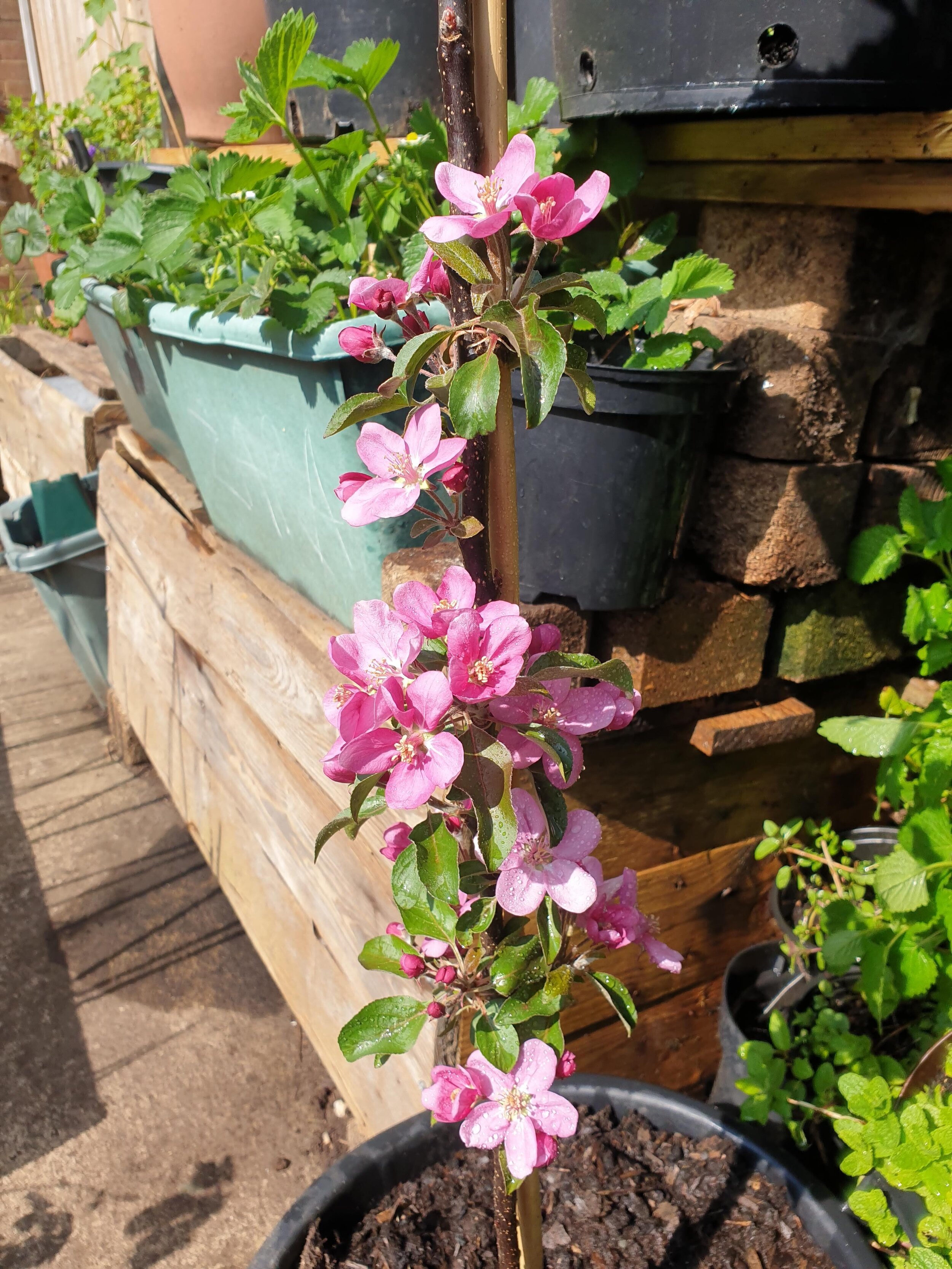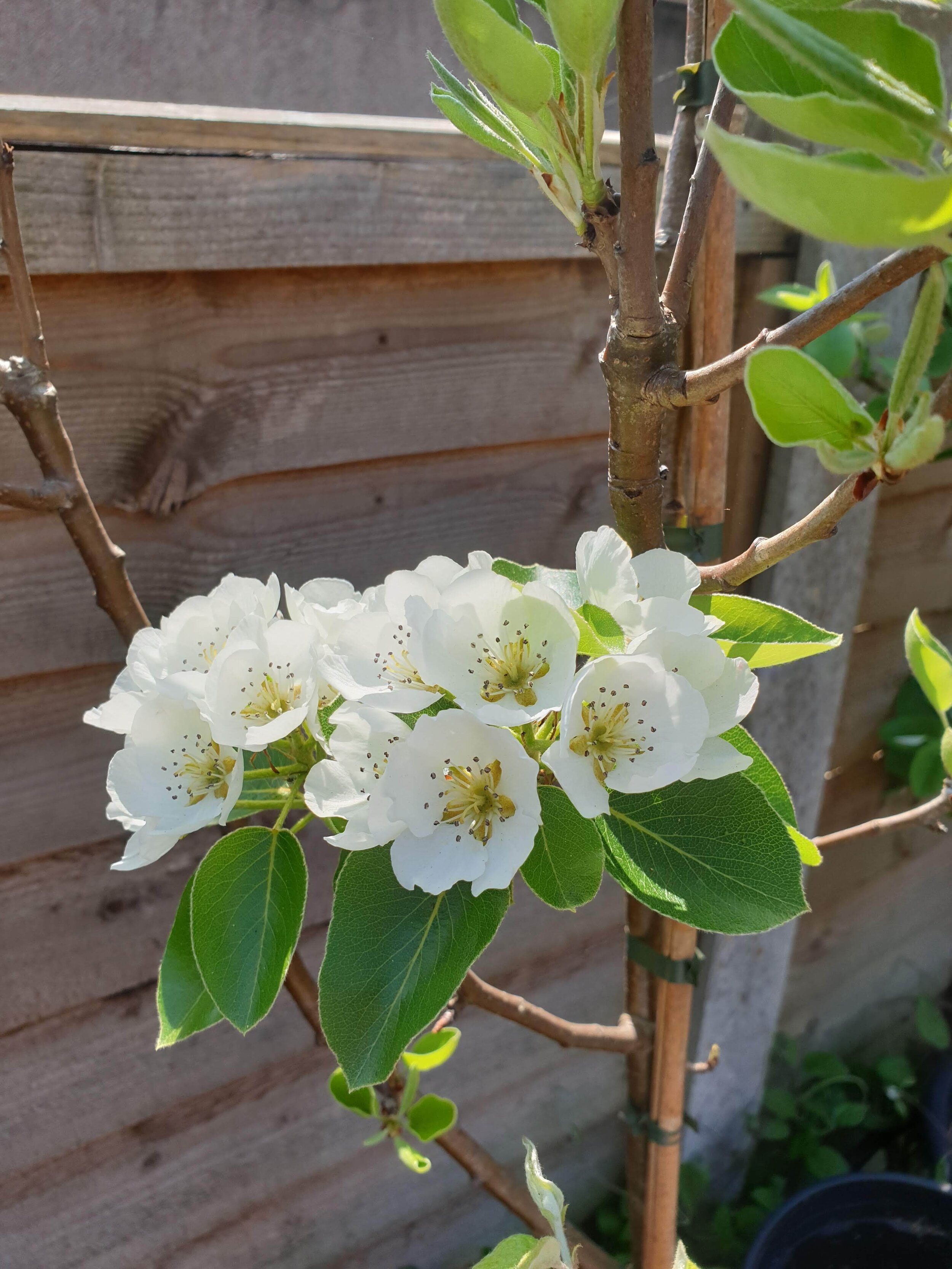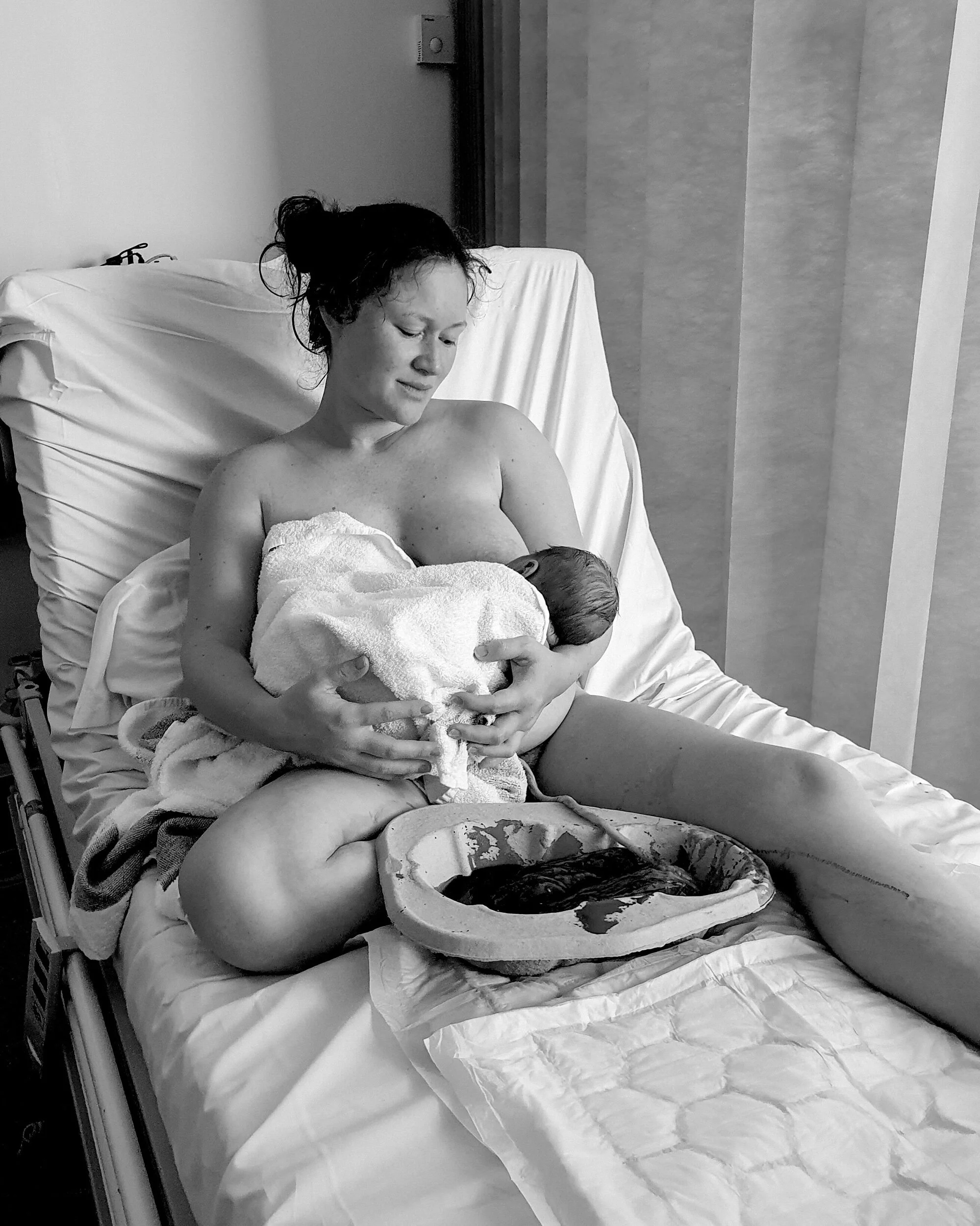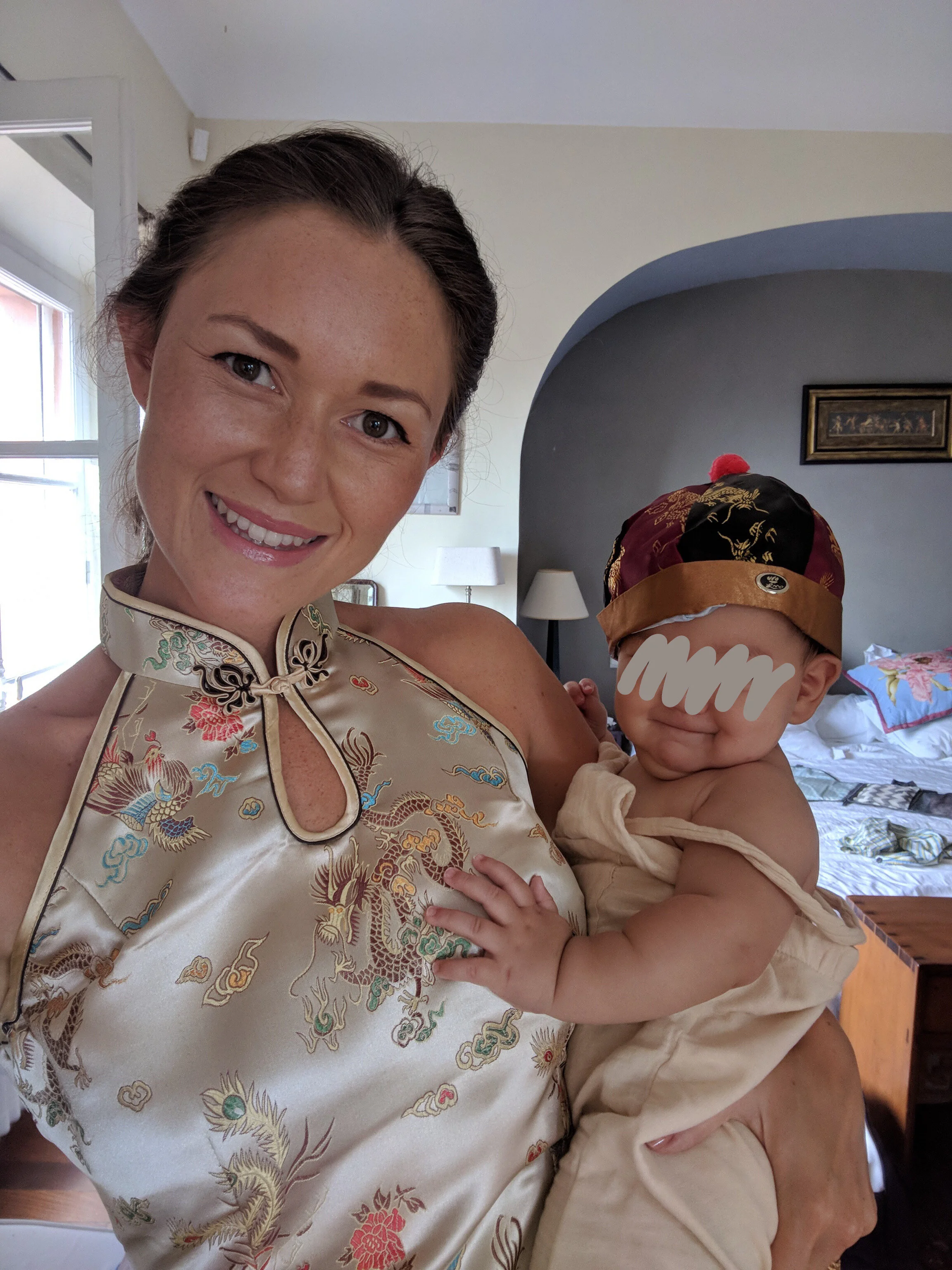Urban Garden: Growing Apples & Pears In Small Gardens
Growing Apples and Pears in London
This blog post was written by my husband Peppe - see our daily garden updates on his Instagram page @pepgrows. This article includes gifted products from Lubera, a Swiss-based UK-centric plant nursery, though the opinions below are our own.
In the past, we never gave much thought to growing apples or pears. We’re used to buying them in supermarkets, locally, at ‘pick your own’ farms - it seems that if we wanted apples or pears, they were easily available year-round.
But recently, we’ve been thinking about how we could improve our growing space. We have a number of plum trees, cherry trees and soft fruit, so, naturally, we found ourselves wondering what else we could introduce into the garden. The answer was obvious, and one we had been avoiding for a few years: we’re in a British climate where there’s rain and sun during the summer, so why not use that to our advantage? Apples and pears thrive in England. This cloudy isle has a rich history of apple-growing - from a wide variety of heirloom apples, hidden and unique orchards, and of course cider and apple juice.
Growing apples and pears means that we don’t need to worry about winters or the amount of rain that falls in spring (like we do with peaches and their peach-leaf curl). They are fruits that perfectly suit our climate and crop reliably. In addition to this, they crop over a number of months and play an important role for pollinators and insects. Their blossom not only looks but smells delightful and brings a welcome splash of colour to springtime.
Our Varieties of Pears and Apples
Above: Redlove Era, May 2020, June 2020, July 2020.
When planning what we wanted, we decided to go for a variety of both apples and pears, as seen below. We factored in size, growth and when they produce in the season, hoping to receive fruit for a range of months, Aug/Sept to November.
(Rootstocks mentioned in brackets).
Apples:
An all-red variety created by Lubera. Red skin and red flesh.
Granny Smith (M26)
A well-known apple which usually does better in warmer climates.
Discovery (M26)
A delicious British apple which produces fruit mid-August.
Red Falstaff (M26)
A strong all-rounder.
Hereford Russet (M26)
A russet apple with nutty flavour and brown skin.
Above: Asian Pear growth, May 2020, June 2020, July 2020
Pears:
Petite Poire (Quince Adams)
A very small pear, ideal as a snack eaten in two or three bites.
Asian Pear - Chojuro (Quince C)
A robust variety of the Asian Pear, looks like a russet apple but has the grain of a pear.
Conference (Quince C)
A well-known pear, good for people just starting out.
Red Williams (Quince C)
A red pear, best eaten fresh. Sweet and juicy.
Doyenne Du Comice (Quince C)
Makes delicious pear juice.
You might have noticed that I’ve listed quite a lot of different varieties, especially for such a small space like ours. We’ve kept this in mind and tried to find rootstocks which mean the trees won’t become too big. Mostly ‘M26’ with apples and ‘Quince C’ for pears. These can still become quite large, so we’ve put them in pots to slow their vigour, and we’ve also pruned them in certain ways to help gain maximum flowers and fruit while taking up minimal space. The Redlove apple on M9, however, does well in a pot, and I can’t foresee any long-term problems keeping it in a large pot.
To be completely honest about the space issue, we don’t know how we’ll fully house 10 apple and pear trees, but we are going to do our best - keeping them in pots and cordoning them where we can.
First-Year Results
While most of these trees are 2-4 years old, this year we already noticed some amazing benefits to the garden.
Flowers brought an increased number of pollinators at springtime. Not all of the trees produced flowers this year, but the ones that did looked beautiful and brought in bees, which lingered and pollinate our other fruit plants.
Fruit was produced on some of the older trees. Most of the trees listed above aren’t giving us any fruit as they’re too young, but the Redlove, Chojuro and Petite Poire have a really nice few fruits. It’s not a lot, but we weren’t expecting anything. The Granny Smith and Discovery both had fruit, but inconsistent watering on our end resulted in fruit drop. Sometimes the plant does this to focus on root and key-function growth. The Redlove has four delicious-looking fruits on. It’s important to notice that this is on an M9 rootstock, which is precocious and produces fruit quite early - a great benefit if you’re looking to harvest fruit without having to wait 3-4 years after buying.
Above: Discovery June 2020, Redlove Era April 2020, Petite Pore April 2020
What Is The Right Choice For You?
So what’s the best choice of apple or pear tree for you? This depends on a number of questions, and asking them might be able to better pinpoint what your next steps could be.
Do you have lots of space?
Are you able to grow in the ground?
Do you mind waiting a few years for fruit?
Does your growing space have access to direct sunlight, 6-8 hours per day?
Below are a few options for what we’d suggest after our research in 2019 on apple and pear trees; maybe it’ll help someone out there pick a variety of tree to grow, or encourage someone to start growing their first fruit tree. This selection is taken from the list that we grow; there are plenty of other amazing apple/pear trees that we don’t grow but which might be ideal for your garden. Orange Pippin has put a fantastic guide which we used last year to help determine some of the varieties we should grow.
The New Grower
Red Fallstaff - a popular choice, crops heavily and self-fertile.
The Large-Garden Grower
Two or more would be a good choice, as you wouldn’t particularly have to worry about pollination. M9 would be too small so M26 upwards could work well.
The Small-Garden Grower
Rootstock is important here, more so than the variety. Try looking for M9 or M26 for apples, or Quince C for pears. It’s also important to look for a self-fertile variety and not an apple/pear which relies on pollination from another variety.
The Try-Something-New Grower
Petite Poire Pear or Asian Chojuro. Both are quite different from regular pears and look unique.
The Shady(ish) Garden Grower
Conference pears can tolerate a bit of shade, so they might be a good option here.
The Time-Sensitive (Impatient) Grower
Redlove on M9 from our experience has done very well in its first year.
The Container-Garden Grower
Redlove Era on M9 works really well in containers and doesn’t take up a lot of space at all.
Overall there are lots of choices and options, and if you’re UK-based, at least in the midlands/south there isn’t particularly a ‘bad’ option for growing apples and pears. Do make sure you’re aware of rootstock and the pollinator group of the tree - you might need another variety in order to secure fruit growing on the tree.
We’ve really enjoyed our first year growing apples & pears and as I write this I’m holding a glass of strawberry and pear juice, made from garden pears. It’s a lovely treat and something that in the past I completely and unfortunately overlooked.
Whether you’re in a small garden, an orchard or have a small balcony, fruit growing is possible and isn’t as hard as you might think.
If you have any questions or suggestions we’d love to hear from you. You can reach us via Instagram @imserenalee and @pepgrows
